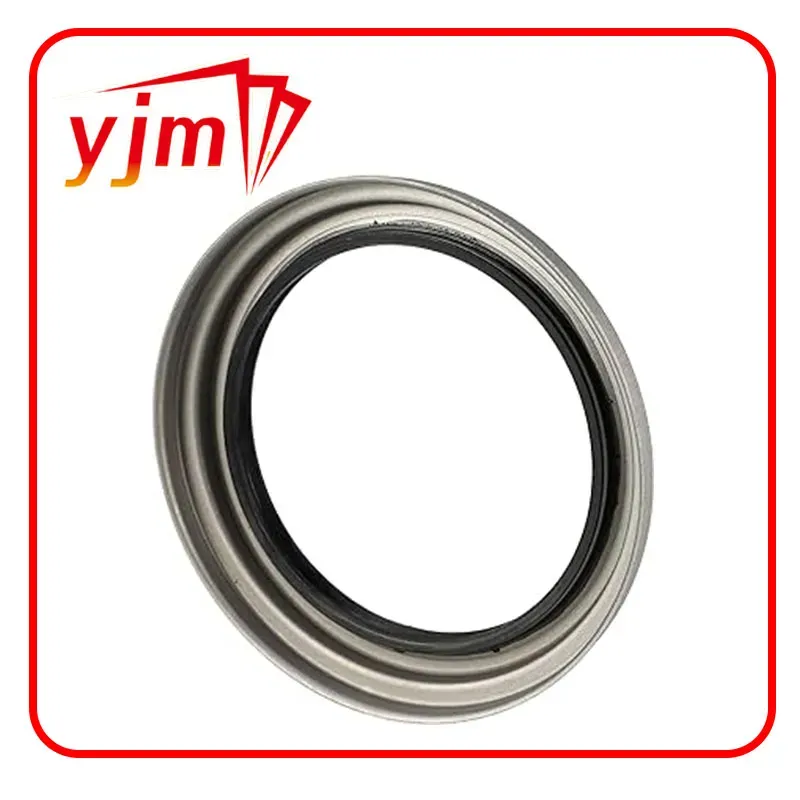Transmission Extension Housing Seal Installation and Maintenance Guide for Optimal Performance
Understanding Transmission Extension Housing Seals
The transmission extension housing seal is a crucial component in the overall functionality and longevity of an automotive transmission system. Commonly found in both manual and automatic transmissions, this seal plays a pivotal role in maintaining the integrity and performance of the vehicle's powertrain. To better understand its importance, let’s delve into its structure, function, importance, and maintenance.
Structure and Function
The transmission extension housing seal is typically constructed from high-quality elastomeric materials designed to withstand extreme conditions such as heat, pressure, and exposure to various fluids. Its primary function is to act as a barrier between the transmission extension housing and the driveshaft. This area is susceptible to fluid leakage, and the seal prevents transmission fluid from leaking out and protecting the surrounding components from dirt and debris ingress.
In manual transmissions, the seal is positioned at the rear of the transmission casing where the driveshaft connects. In automatic transmissions, it serves a similar purpose, ensuring that the transmission fluid, essential for proper operation and lubrication of internal components, remains contained within the system. By effectively sealing this connection, the seal helps to maintain appropriate fluid levels and pressure which are vital for the efficient functioning of the transmission.
Importance of the Transmission Extension Housing Seal
The importance of the transmission extension housing seal cannot be overstated. A compromised seal can lead to a range of issues, including fluid leaks which can severely affect the transmission’s performance. Low fluid levels can result in overheating, increased friction, and ultimately catastrophic failure of the transmission system.
transmission extension housing seal

Moreover, the seal aids in maintaining proper hydraulic pressure within the transmission, which is essential for smooth shifting and overall driving comfort. For automatic transmissions, it plays an integral role in ensuring that the hydraulic actuators within the system receive the correct fluid pressure. Failure to maintain the integrity of this seal can lead to erratic shifting, increased wear on components, and a decrease in overall vehicle performance.
Maintenance and Replacement
Regular maintenance checks can help detect issues related to the transmission extension housing seal before they escalate into significant problems. Signs of a failing seal may include visible fluid leaks under the vehicle, transmission fluid pooling near the driveshaft, or unusual noises coming from the transmission. If any of these symptoms are observed, timely inspection and replacement of the seal are necessary.
Replacing the transmission extension housing seal is often a straightforward process; however, it should ideally be performed by a qualified mechanic. This ensures that the new seal is installed correctly and that the transmission system is thoroughly inspected for any other potential faults. Using high-quality replacement seals that meet or exceed manufacturer specifications is essential for ensuring long-term reliability and performance.
Conclusion
In conclusion, the transmission extension housing seal is an often-overlooked, yet critical component of the automotive transmission system. It prevents fluid leakage, protects the transmission from contaminants, and ensures that the vehicle operates smoothly and efficiently. Regular inspections and maintenance can prolong the life of the seal and, by extension, the transmission itself. Understanding its role highlights the importance of caring for all components of a vehicle’s powertrain, ultimately contributing to a safer and more reliable driving experience. Taking proactive steps can save vehicle owners from costly repairs and ensure their transmissions operate at peak performance for years to come.
-
Understanding the Front Main Engine Seal: Purpose, Maintenance, and Installation
News Jul.29,2025
-
Understanding O-Rings and Seal Rings: Types, Applications, and Custom Solutions
News Jul.29,2025
-
Understanding Crankshaft Oil Seals: Rear Seals, Pulley Seals, and Their Role in Engine Integrity
News Jul.29,2025
-
The Importance of Front and Rear Crankshaft Seals in Engine Performance and Oil Management
News Jul.29,2025
-
Crank Oil Seals: Functions, Types, and Cost Considerations in Engine Maintenance
News Jul.29,2025
-
A Comprehensive Guide to O-Rings and Seals: Types, Materials, and Global Applications
News Jul.29,2025
-
Mastering Diesel and Performance Engine Maintenance: A Guide to Critical Oil Gaskets
News Jul.28,2025
Products categories















